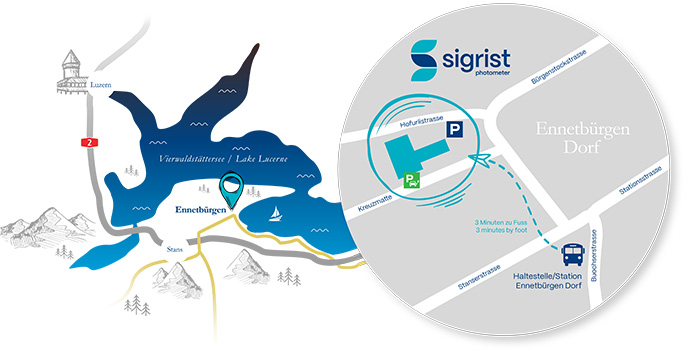Turbidity
Turbidity is caused in water by mineral or organic solid particles.
Studies have shown that there is a clear correlation between turbidity and
the number of bacteria in a water sample. The dangers posed by these germs
are made even worse by the fact that they can cling to solid particles and
thus survive disinfection with chlorine, chlorine dioxide, UV irradiation or
ozone. For these reasons, new guidelines call for limits below 0.2 FNU and
continuous monitoring of turbidity in drinking water treatment.
Products: AquaScat WTM |
AquaScat P
Particle Concentration
Although turbidity measurement is giving a trend of the amount of
particles in a sample, only a particle counter can give an exact
quantification and particle size distribution. Especially for membrane
filtration systems and for filtration optimization particle counters are
useful and necessary. The removal rate for the different grain sizes and the
appearance of particles with a size of 2..5 mm
can give important information on the function of the filter system.
UV Absorption
UV absorption detection at a wavelength of 254 nm can be employed to
measure the total content of dissolved organic matter. Studies have shown
that, for most applications, a linear correlation exists between the
UV-absorption and DOC (dissolved organic carbon) values. This means that UV
absorption measurement provides a continuous on-line indication for trend
analysis of the DOC figure without time-consuming laboratory checks.
Products: ColorPlus in-line |
ColorPlus bypass
SIGRIST provides for all these parameters solutions, which are exactly
tailored to the requirements in water treatment. Specifications like the
non-contact measurement or calibration with solid references increase the
reliability of the measurement and reduce the maintenance to a minimum.
